AI tests using an AI word generator for my prompts

Prompt: A scientific drawing of a frathenium (AI-generated word)
Disclaimer: I am not an expert on any of the topics I shall discuss below, I am just curious and I like to experiment + learn. I’m using this platform to log my thoughts, ideas and whatever else comes to mind. Please take what I write with a pinch of salt, and always do your own research. I am not a very good writer either, so be prepared to be reading a lot of fluff.
Anything I write that might be wrong, please do correct me but be polite about it, thank you!
Date: Monday 11/07/22
Go back to the blog: Maria tries to understand
Do you know about the Bouba-Kiki effect?
I read Near Cyan’s personal blog on their AI experiments with AI image generators, and came across a fantastic article on The Bouba/Kiki Effect And Sound Symbolism In CLIP. I am about to copy-paste bits of the article below which sheds more light on the concept.
The bouba/kiki effect is the phenomenon where humans show a preference for certain mappings between shapes and their corresponding labels/sounds.

One of the above objects shall be called a bouba, and the other a kiki - image by Near Cyan
As stated on Near Cyan’s blog:
“The above image of 2 theoretical objects is shown to a participant who is then asked which one is called a ‘bouba’ and which is called a ‘kiki’.
The results generally show a strong preference (often as high as 90%) for the sharply-pointed object on the left to be called a kiki, with the more rounded object on the right to be called a bouba.
This effect is relatively universal (in languages that commonly use the phonemes in question), having been noted across many languages, cultures, countries, and age groups (including infants that have not yet learned language very well!), although is diminished in autistic individuals and seemingly absent in those who are congenitally blind.
What makes this effect particularly interesting is less so this specific example, but that it appears to be a general phenomenon referred to as sound symbolism: the idea that phonemes (the sounds that make up words) are sometimes inherently meaningful rather than having been arbitrarily selected. Although we can map the above two shapes to their ‘proper’ labels consistently, we can go much further than just that if desired.”
Near Cyan ended up experimenting with this concept on other abstract images, and tested the sound symbolism within AI image generators and realised that when inputting ‘an image of a bouba’ and ‘an image of a kiki’ as prompts, the result gave similar outputs to the original abstract images of bouba and kiki.

four images of “an image of a bouba | trending on artstation | unreal engine” - image by Near Cyan

four images of “an image of a kiki | trending on artstation | unreal engine” - image by Near Cyan
Near Cyan also pushed the experiment to include other abstract and mimetic words, such as ‘maluma’ and ‘takete’ and ‘kikitakekikitakeki’ to see if it would still produce visuals which resembled the phonemes of the words. 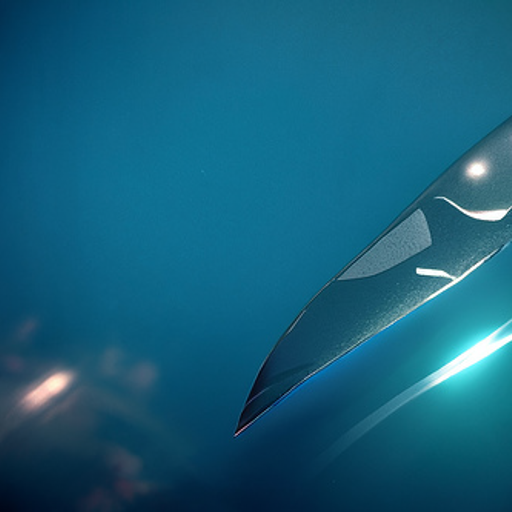
the shape of a kikitakekikitakeki | trending on artstation | unreal engine - image by Near Cyan
From here I was interested in using more abstract prompts in DALL-E 2 and decided to see what would happen if you use an AI word generator to generate non-existing words.
I found a basic AI word generator on Bored Humans and decided on certain factors. I wanted to only use words which hadn’t been compounded with existing words, such as ‘manguru’ as a leader of a sect (based on ‘guru’) or ‘quadrillettes’ which is based on ‘quadrilles’ an existing dance.
I really wanted to go for words where the definitions were completely irrelevant to the actual structure of the word to truly push the imaginative effect and not have DALL-E use the ‘closest’ word to the fake word. I wanted to see if DALL-E would use the human theory of phonemes to attempt to visualise the words.
In terms of style, I started with ‘photograph’ but I didn’t like the outcome as it gave me realistic objects, so I switched to ‘realistic drawing’, and one of the outputs reminded me of a scientific drawing which I loved.
Scientific drawings as a style meant you often had a mix of sketches, details and sometimes abstract shapes of word descriptions, and since we were making DALL-E interpret words and their visual definitions, I thought the style was perfect as it emulated the analytic process we underwent, almost as if we were a scientist trying to understand a new fauna or flora discovery.
Note: I forgot to write down the definitions for each new word because I’m silly, so some will have definitions and others won’t.
A realistic drawing of a muzopium
AI Definition:
a gas (forgot to write down the whole definition)
AI image outcomes:
- a gorgeous six petal sharp, creamy and purple petals with a dandelion core
- a yellow and blue beetle
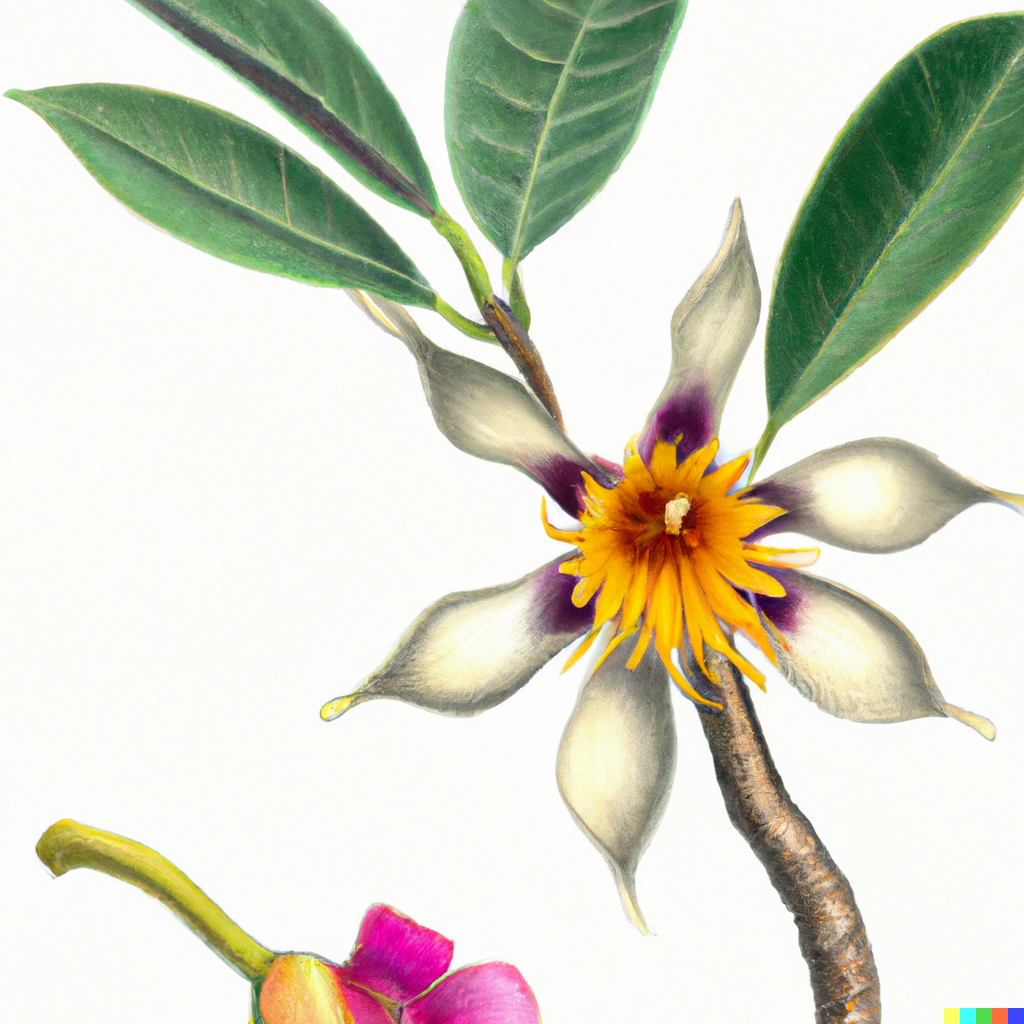

A scientific drawing of a mammite
AI Definition:
an invertebrate protozoan similar to the octopus, having an orange-brown body and a white back.
AI image outcomes:
- variations of a weird-looking capybara, I guess it picked up on the word ‘mammal’ more than anything else

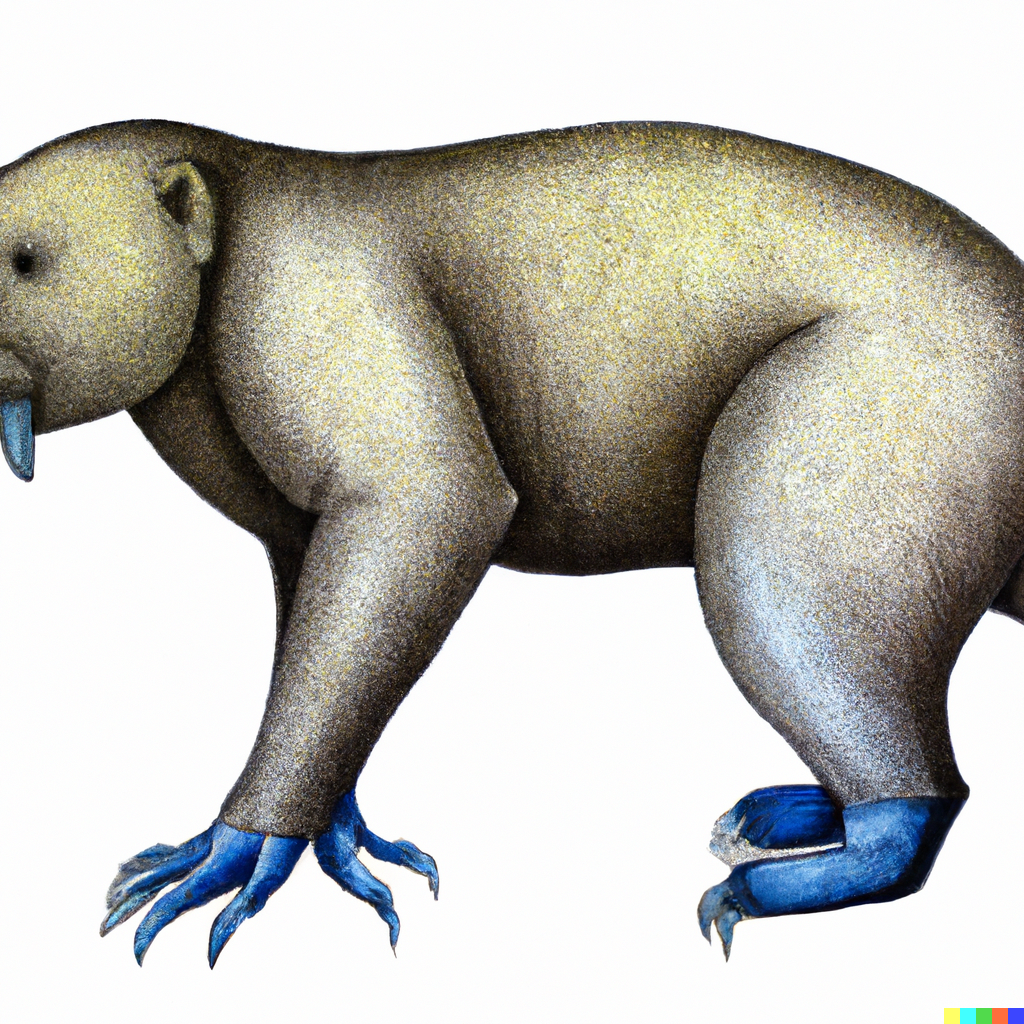


A scientific drawing of a
gammilellate
AI Definition:
Noun - euthyrene, especially in a glacial lake.
AI image outcomes:
- a lot of cell-looking diagrams, perhaps it picked up on the word ‘gamete’ which is some kind of cell, since it’s similar to ‘gammilellate’.
It also generated a millipede / fish looking skeleton
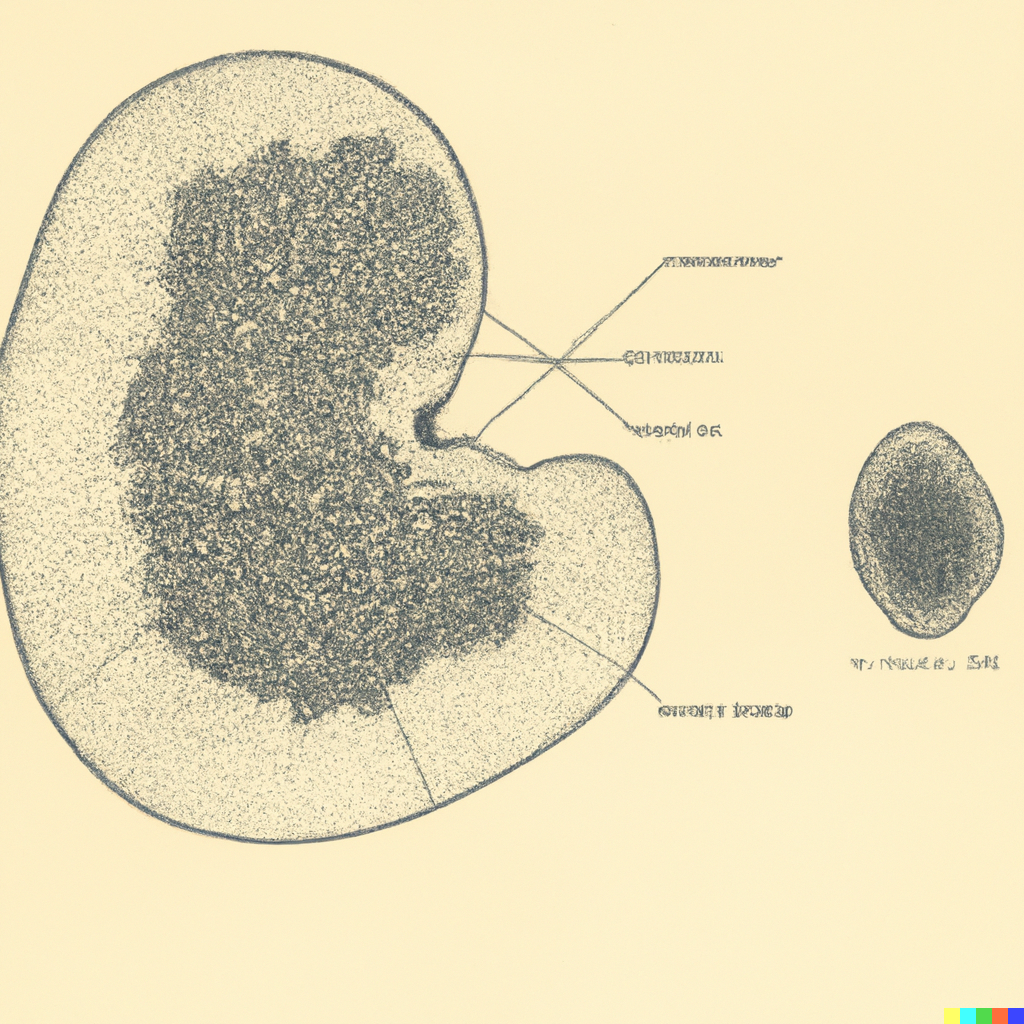
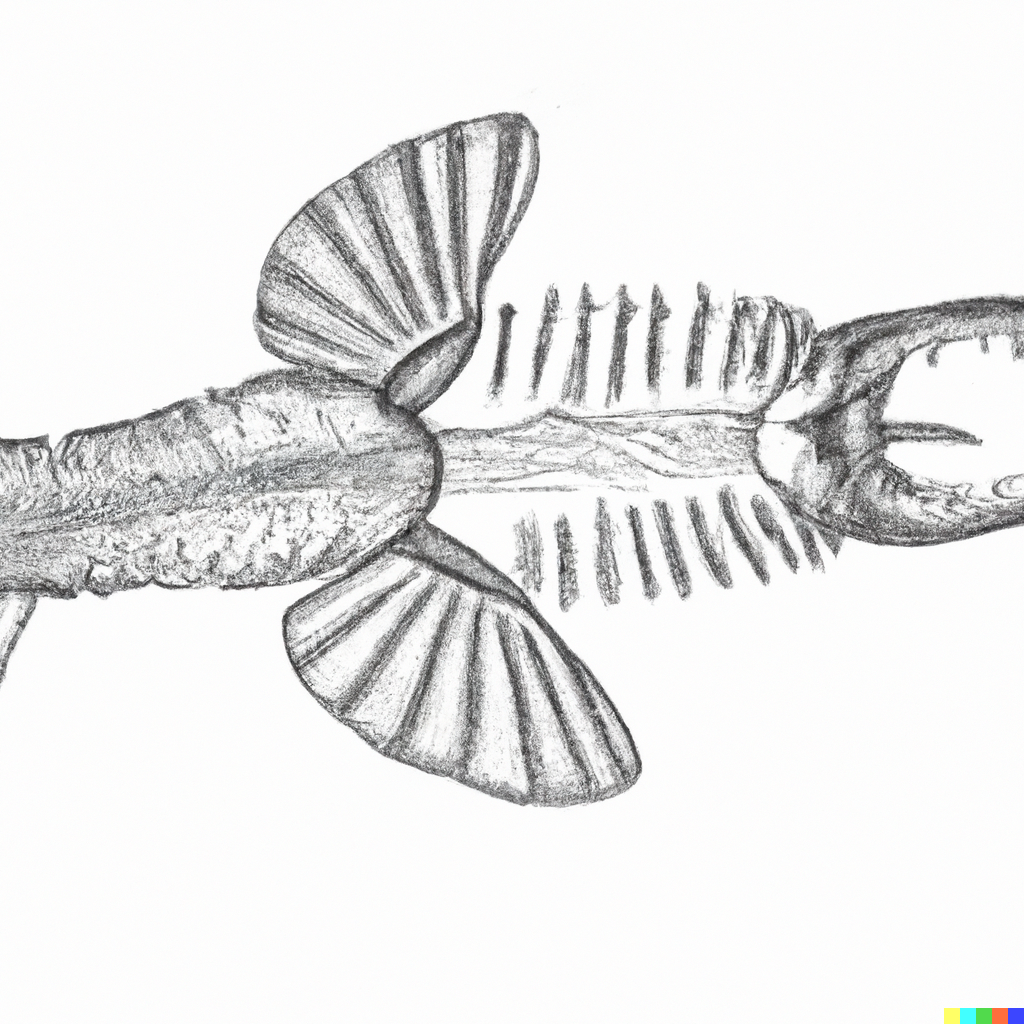
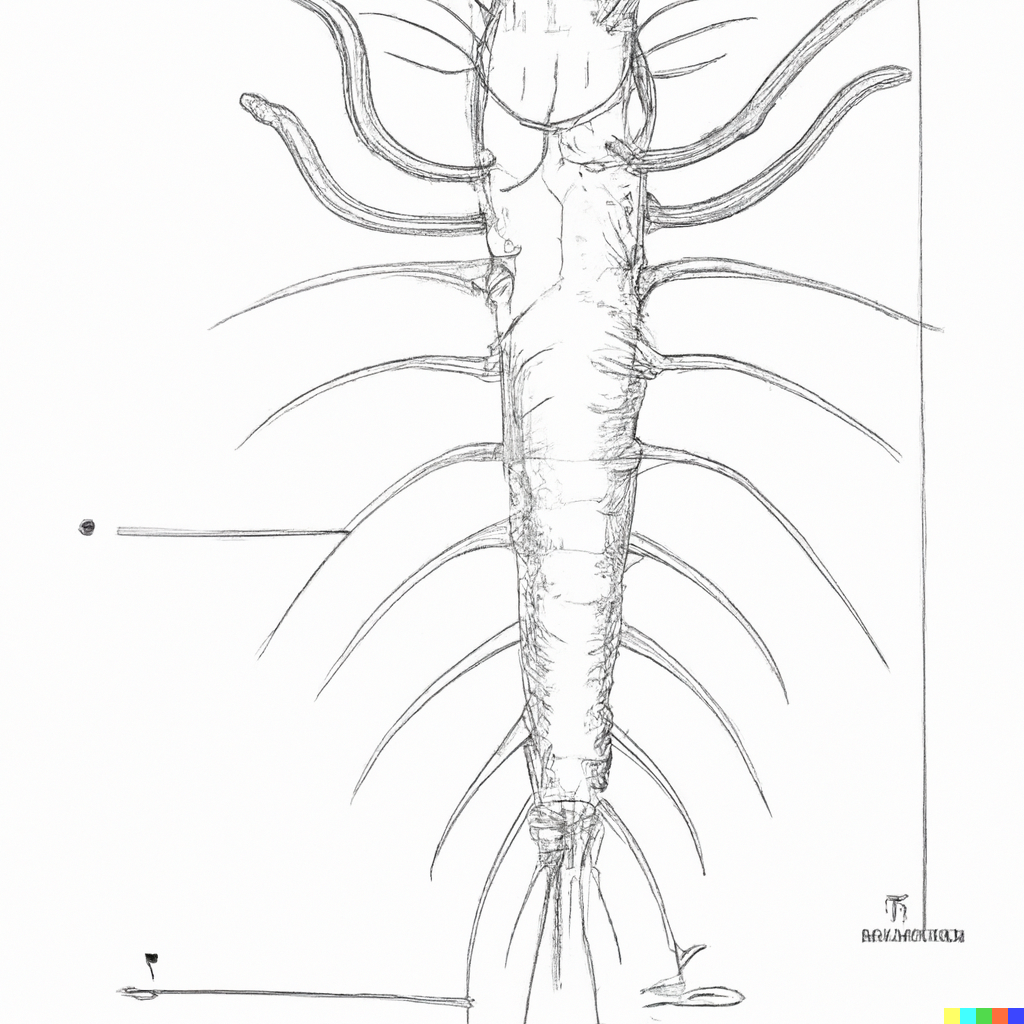
A scientific drawing of a frathenium
AI Definition:
Noun - a strong bright red compound of arsenic and lead, obtained from and denoting the leachate formerly used in arsenic-based paint.
Example: These chromides have been produced naturally as heat-resistant frathenium-containing paints
AI image outcomes:
- a mix of cells, moss and roots.





A lot of these outcomes are very plant-like, I’m starting to think that writing ‘scientific drawing’ is leading the generator to produce a lot of fauna and flora-related outcomes, which is a bias I’m not sure I want. So let’s try the word on its own: ‘a frathenium’





Ok it gave me flowers again. I’m thinking the words ending in ‘-nium’ sound like latin / greek names of plants / other stuff found in nature. So let’s do it again, but this time with ‘a gammilellate’
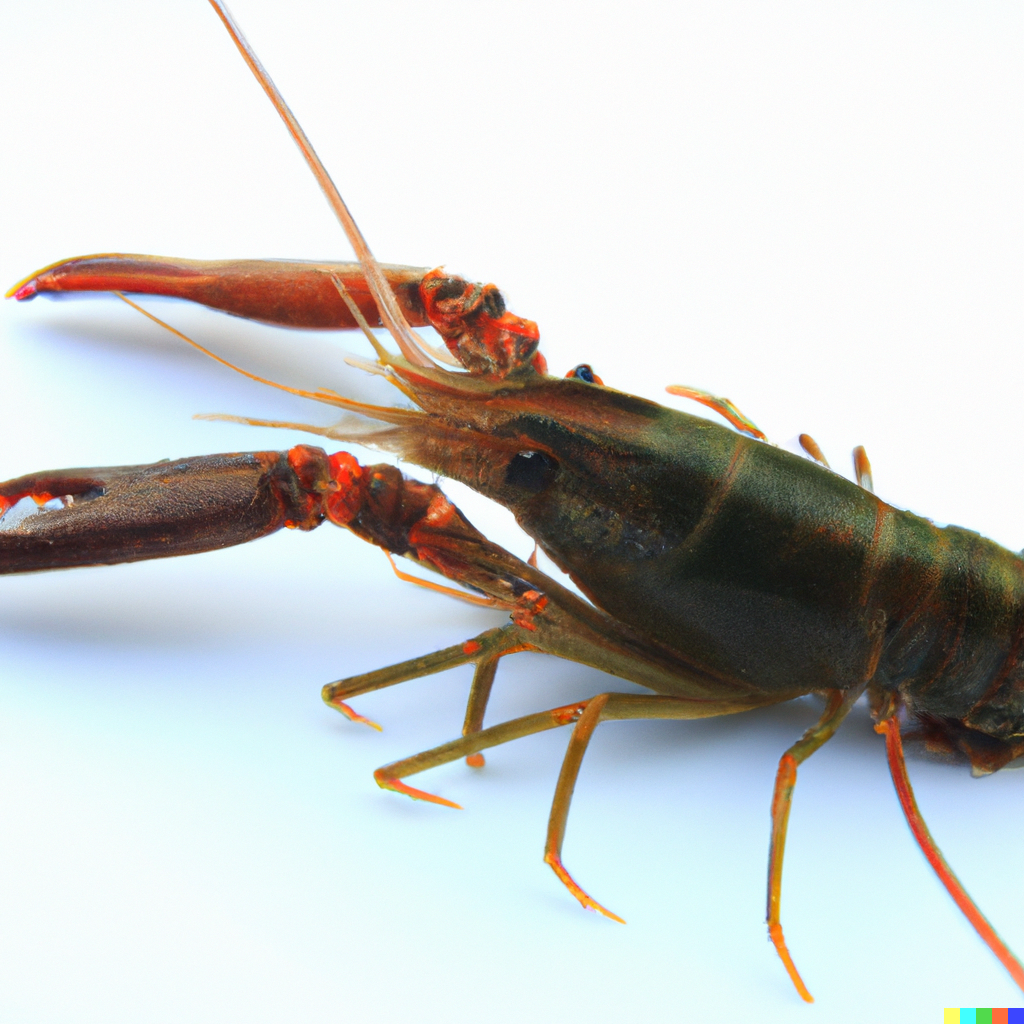
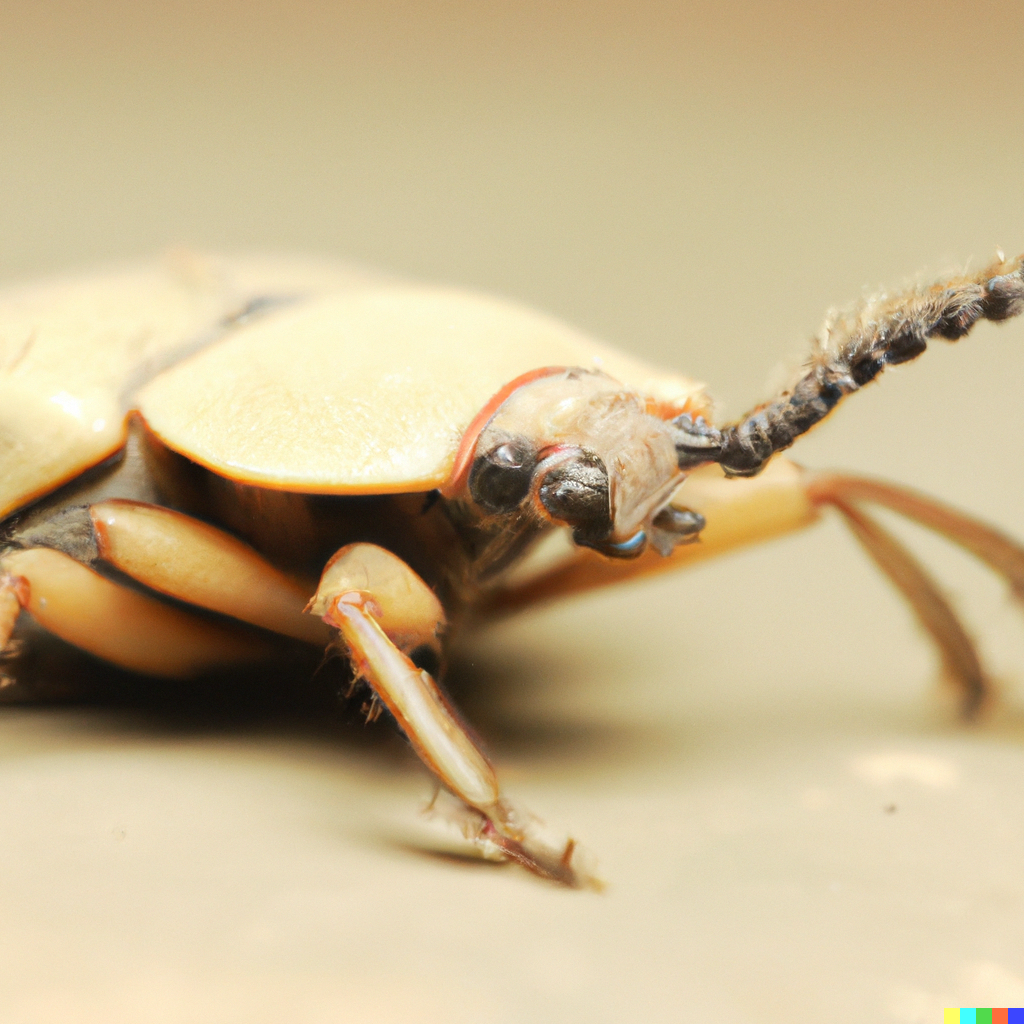



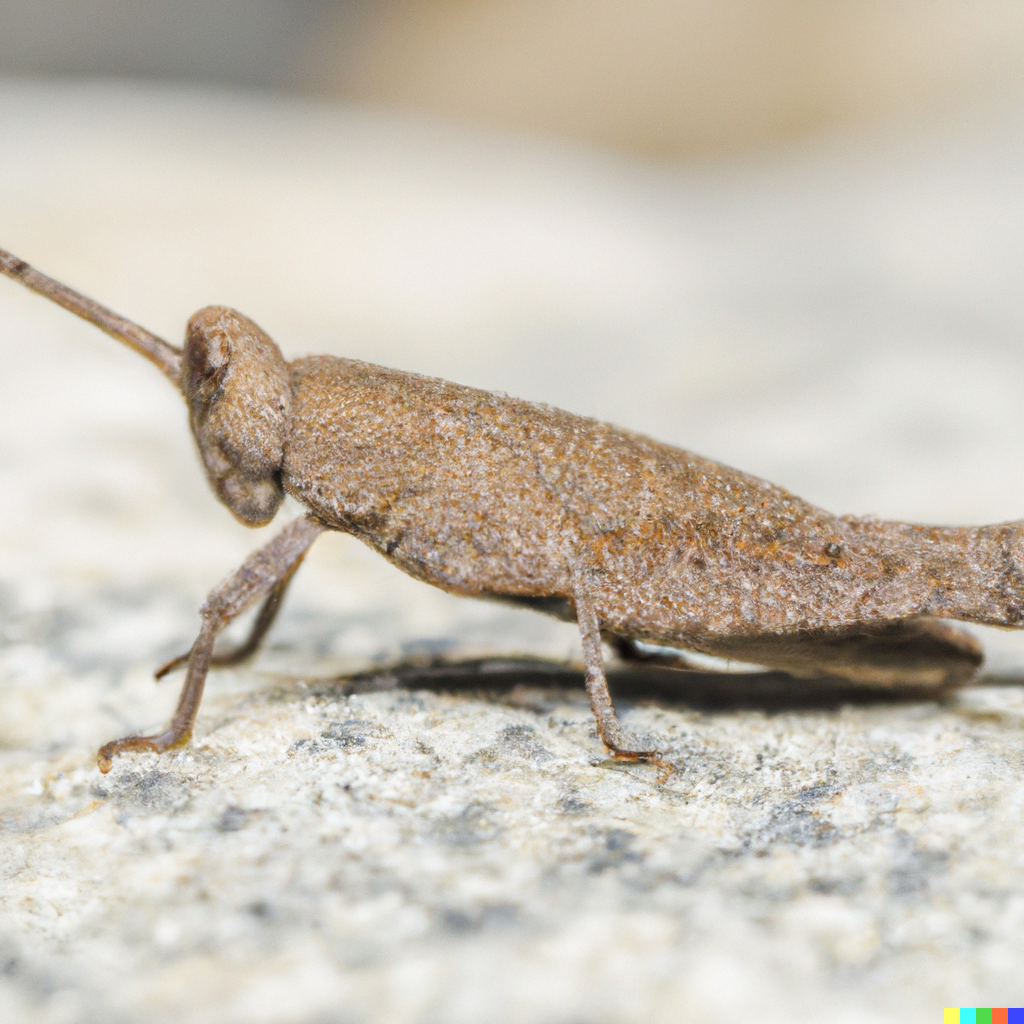

So I decided to switch up styles and test both: a ‘3D render of-’ and ‘a scientific drawing of-’ and realised that ‘scientific drawing’ absolutely influences the outcome to be related to fauna and flora.
A scientific drawing of a poizet
+ a 3D render of a poizet
AI Definition:
Noun - an expert in radio or television broadcasting
AI image outcomes:
- more plants and insects in the scientific drawing
- abstract tools and pipes in the 3d render
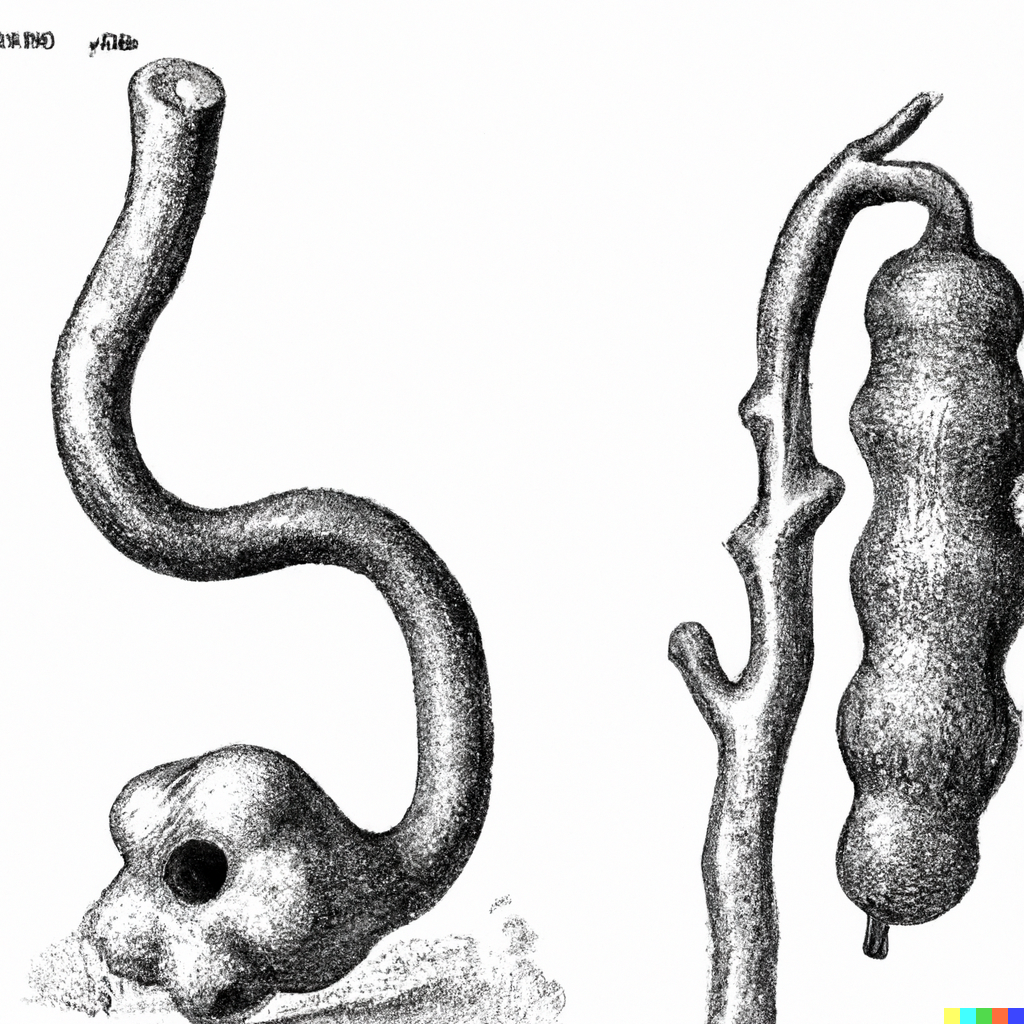
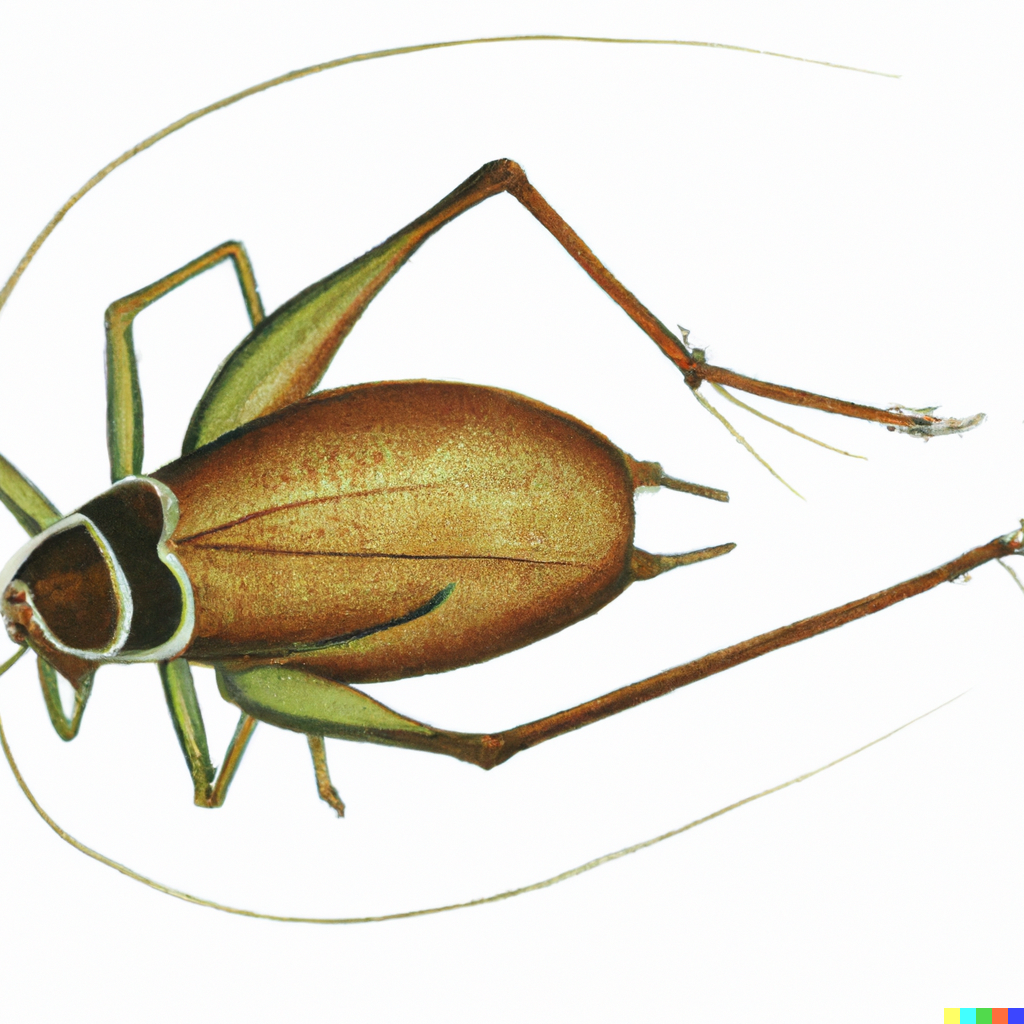
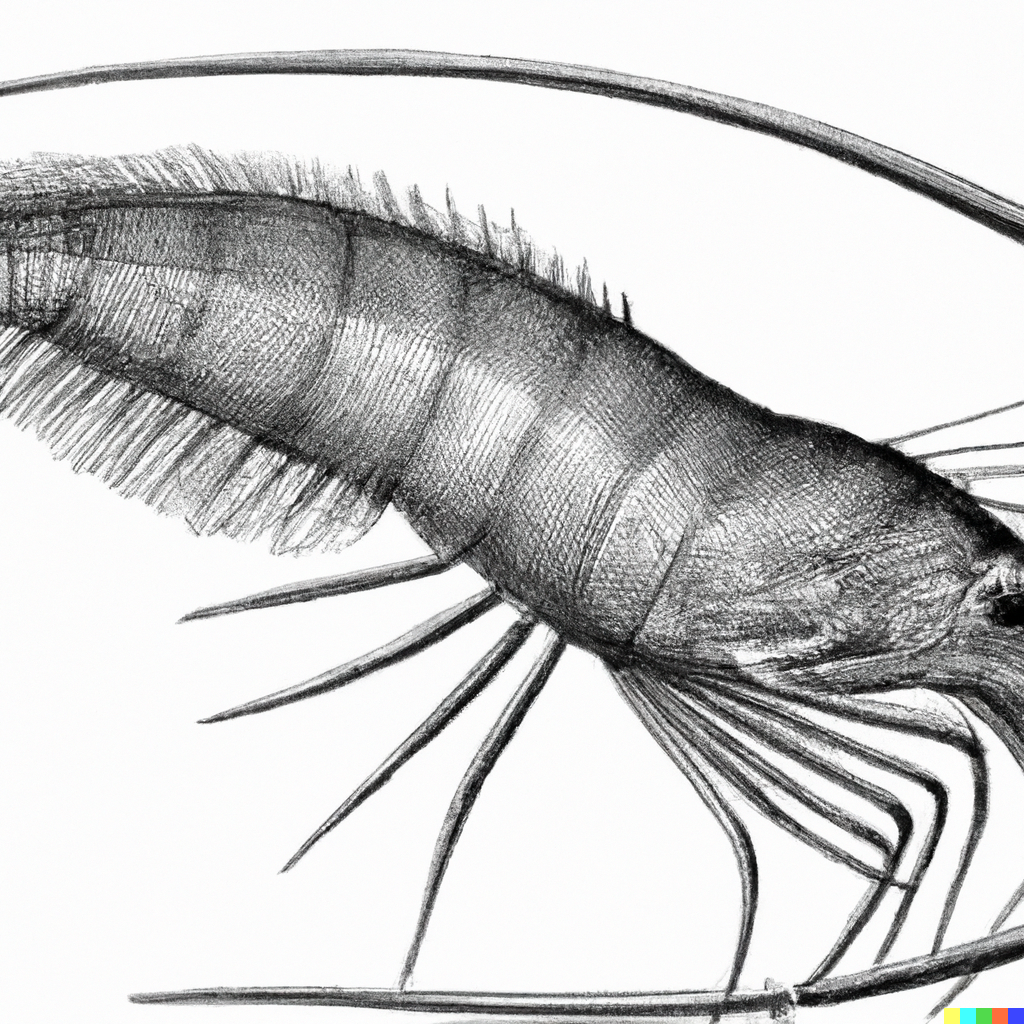
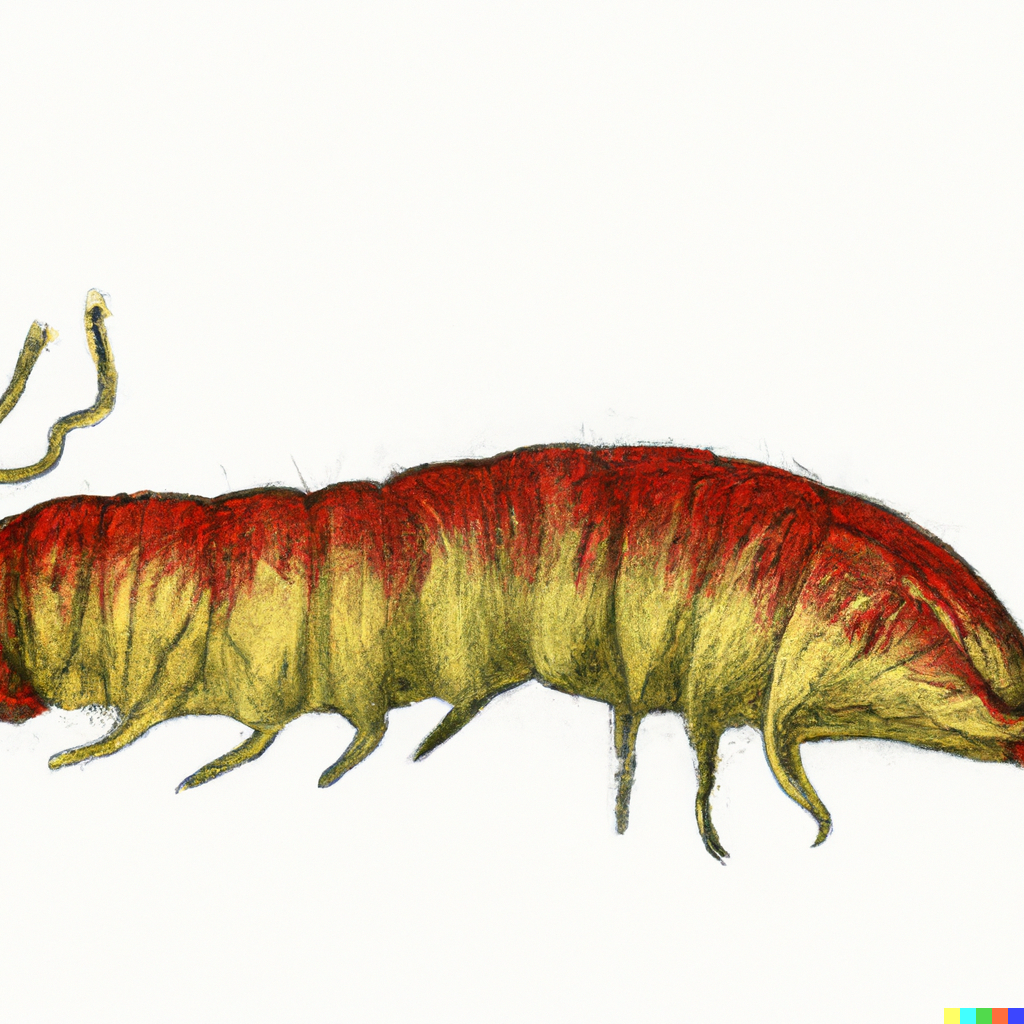
scientific drawing
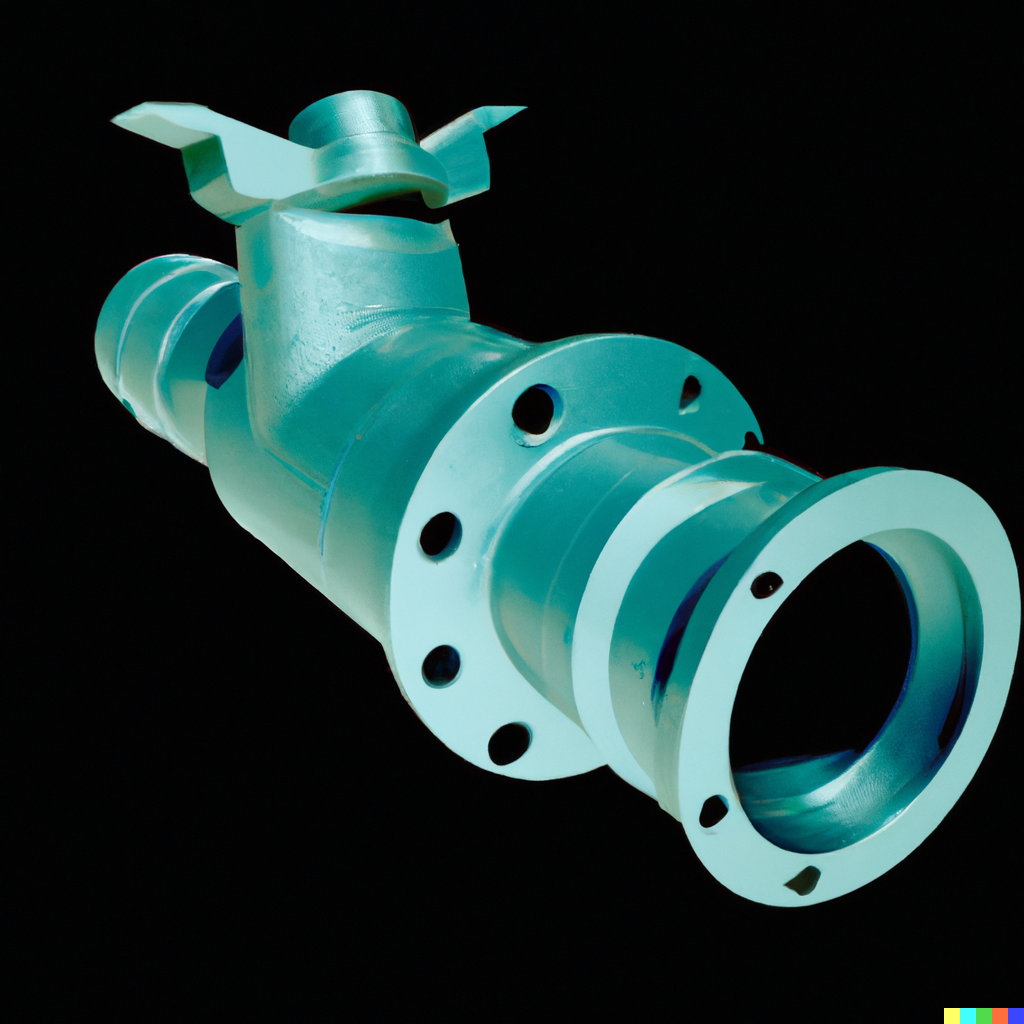

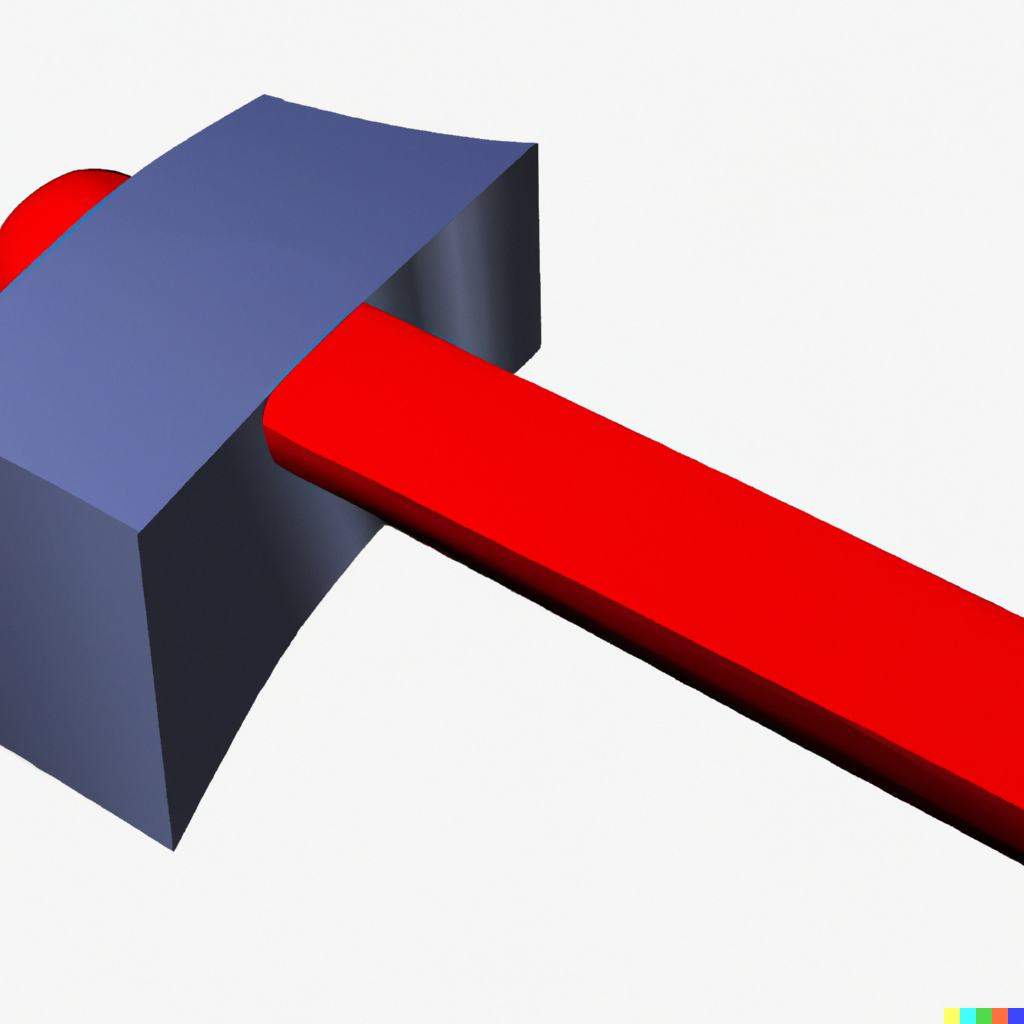


3d render
A scientific drawing of a phassa
+ a 3D render of a phassa
AI Definition:
Noun - a parasitic nematode worm.
* interestingly, phassa does exist as a word and refers to a religion)
AI image outcomes:
- Interestingly, this is the generation that is the most consistent with both the definition and in both the styles of 3d renders and scientific drawings! I generated only crabby insects.
- Also the capybara came back a second time, this time inverted!
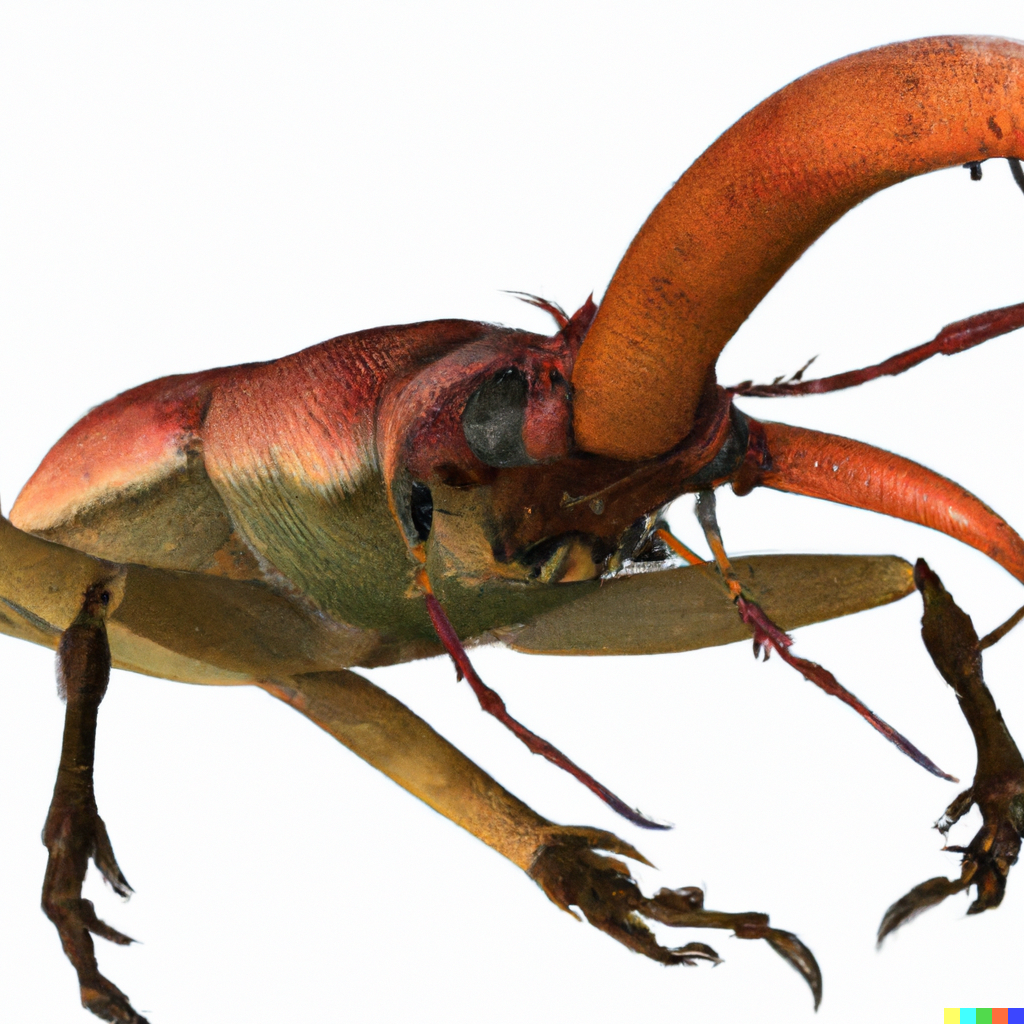
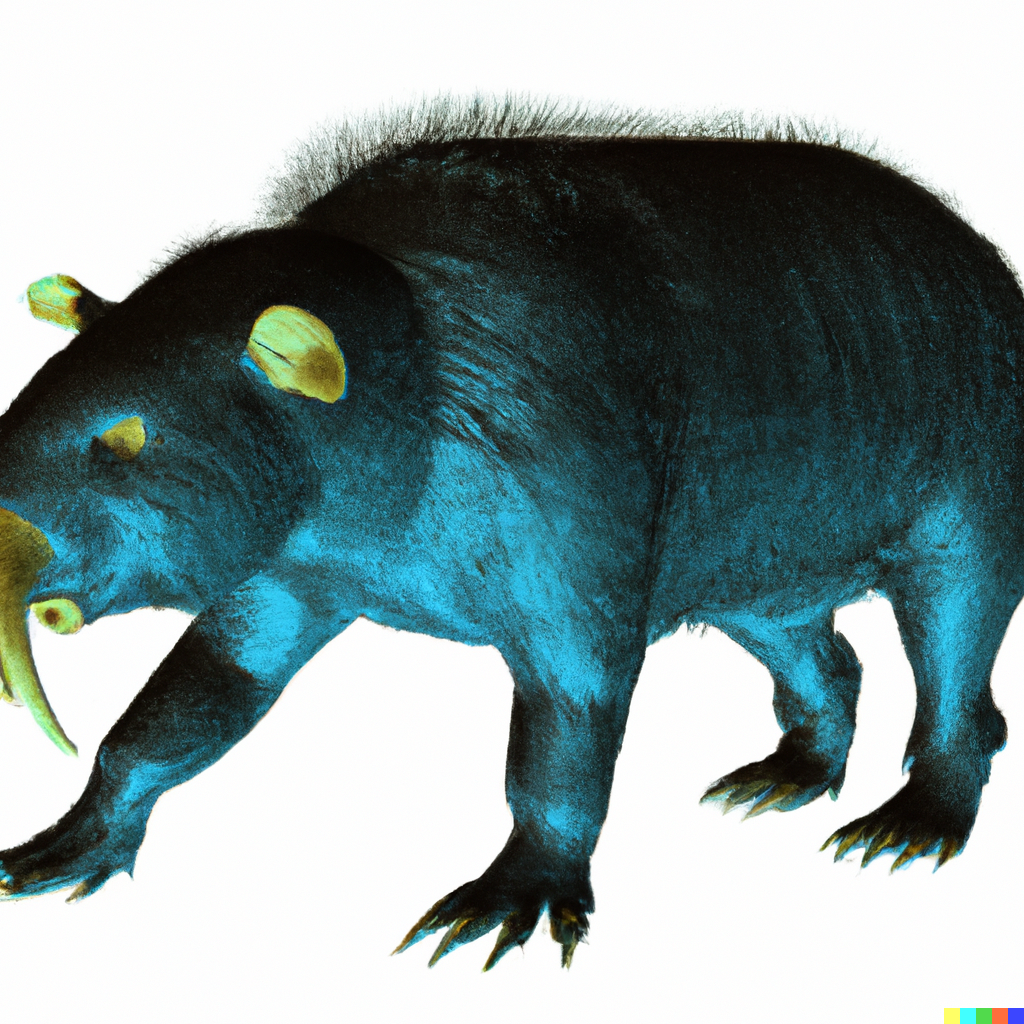



3d render
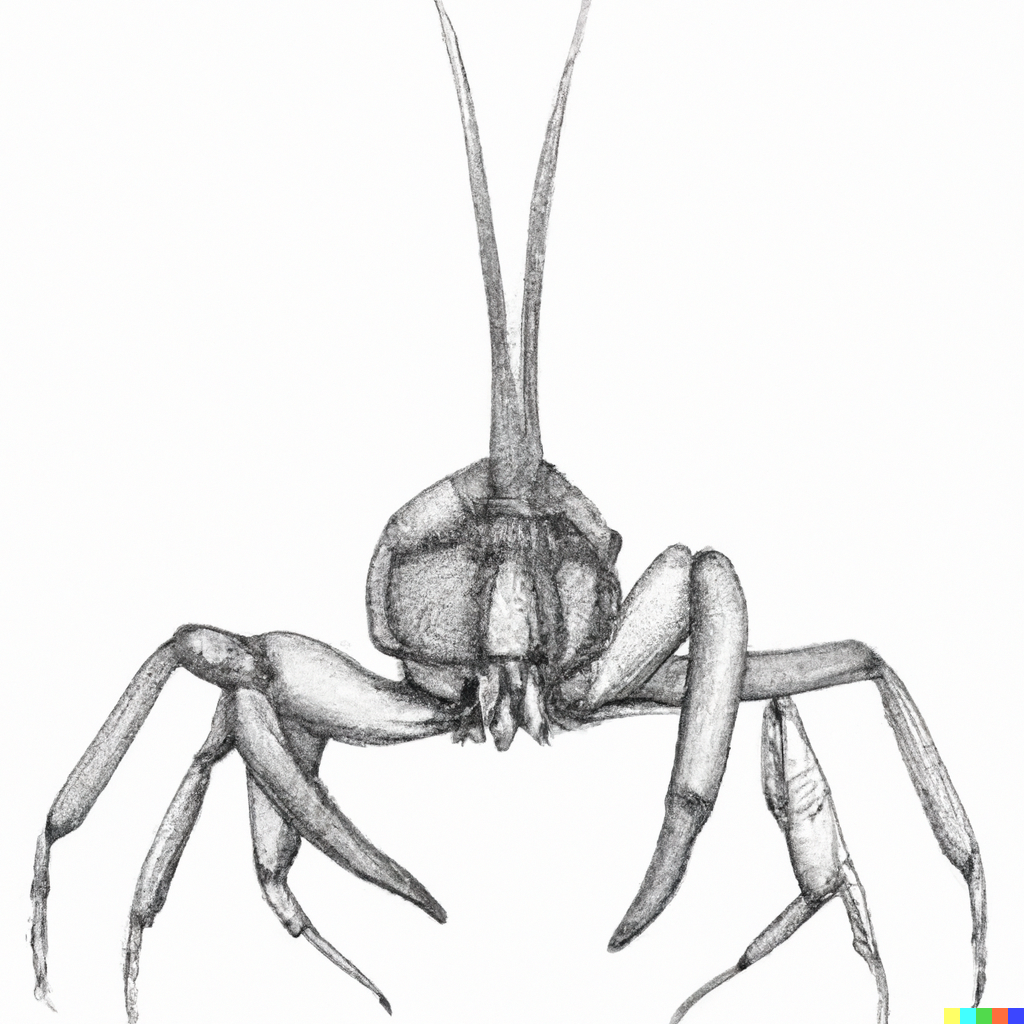
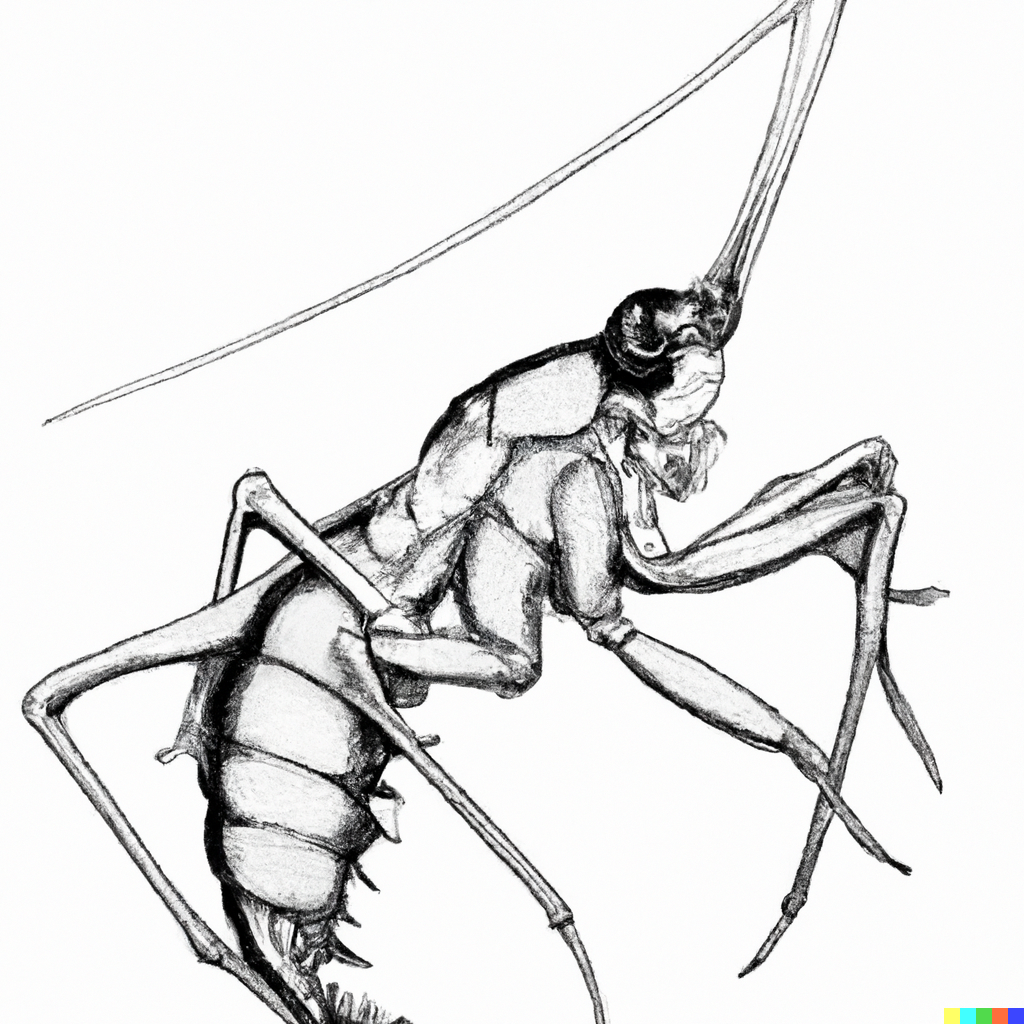
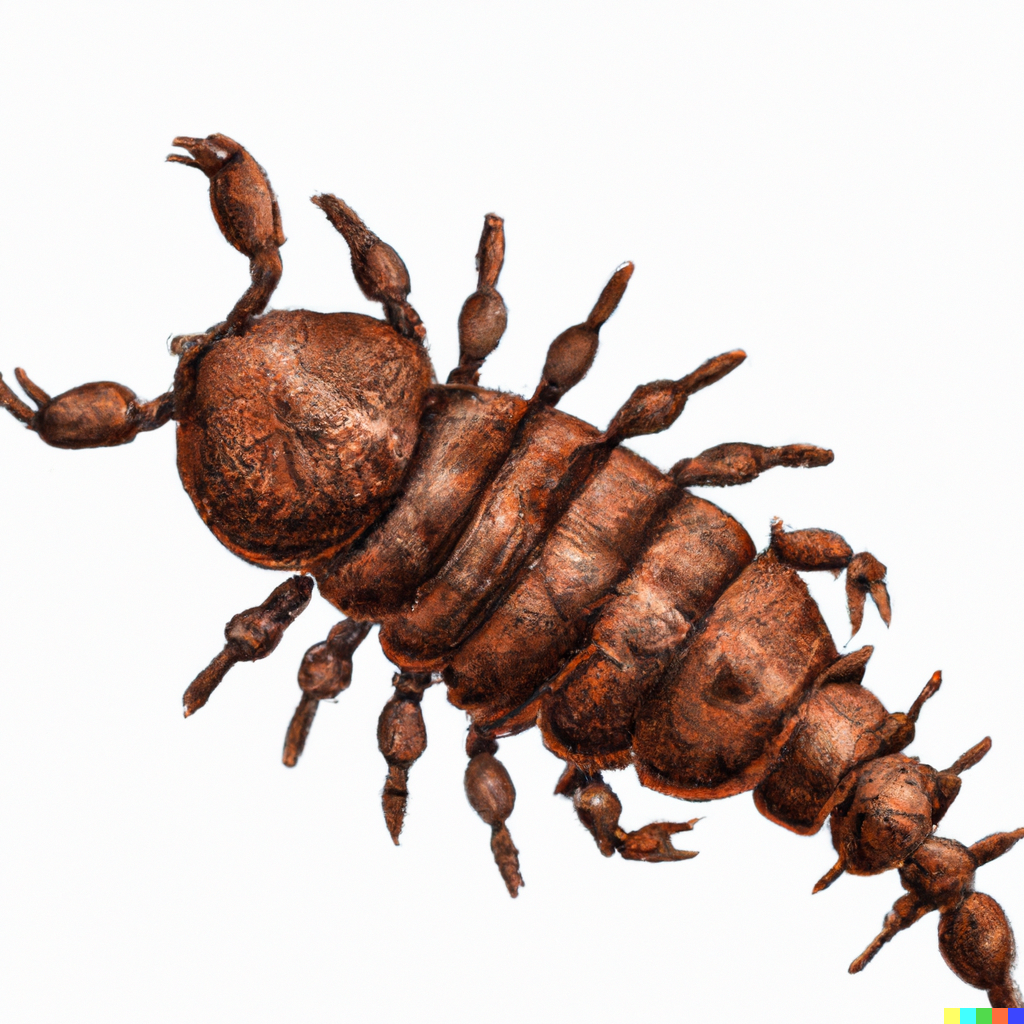

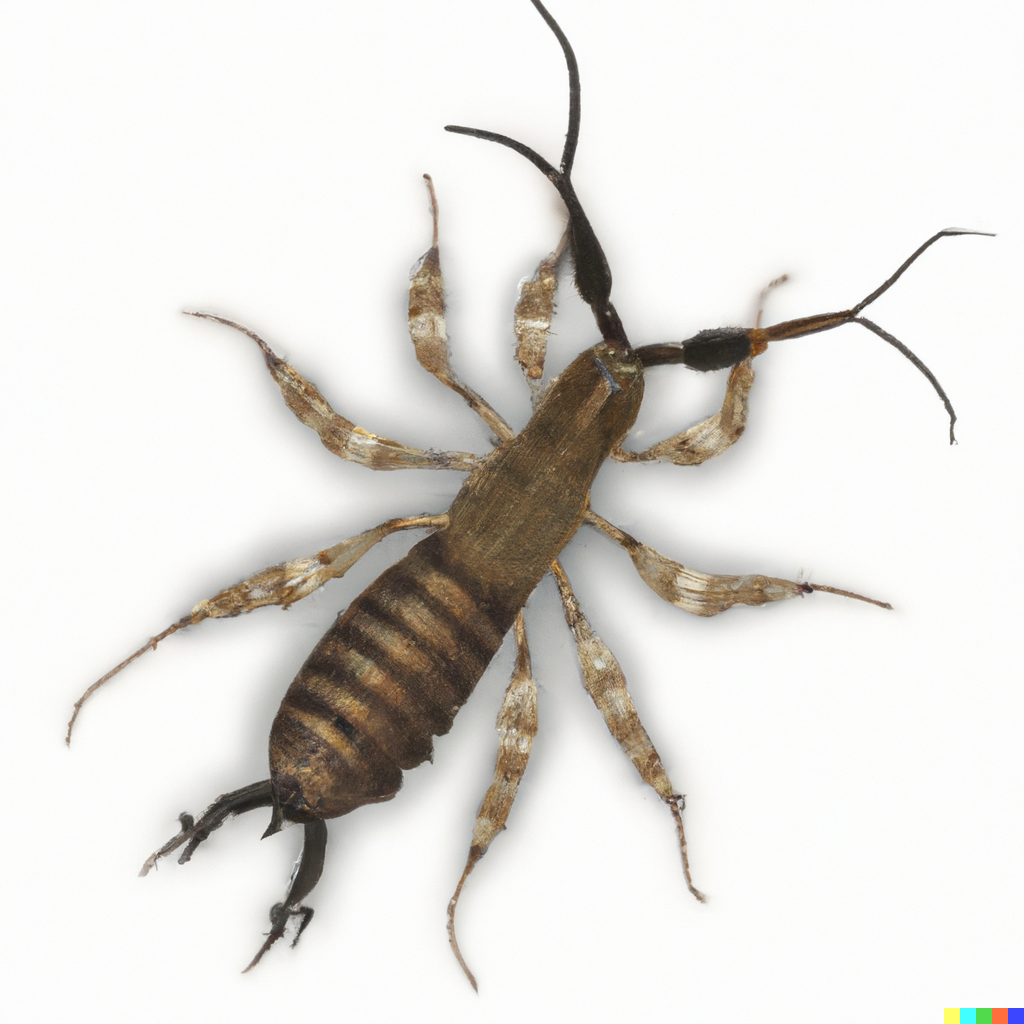
scientific drawing
A scientific drawing of a flieria
+ a 3D render of a flieria
AI Definition:
Noun - a short French roll or dough mousse.
AI image outcomes:
- Both the scientific drawings and 3D renders generated more flowers, i’m starting to get bored now! Is it simply because the word ‘flieria’ sounds like ‘flowers’ and ‘fleurs’ in French?





scientific drawing


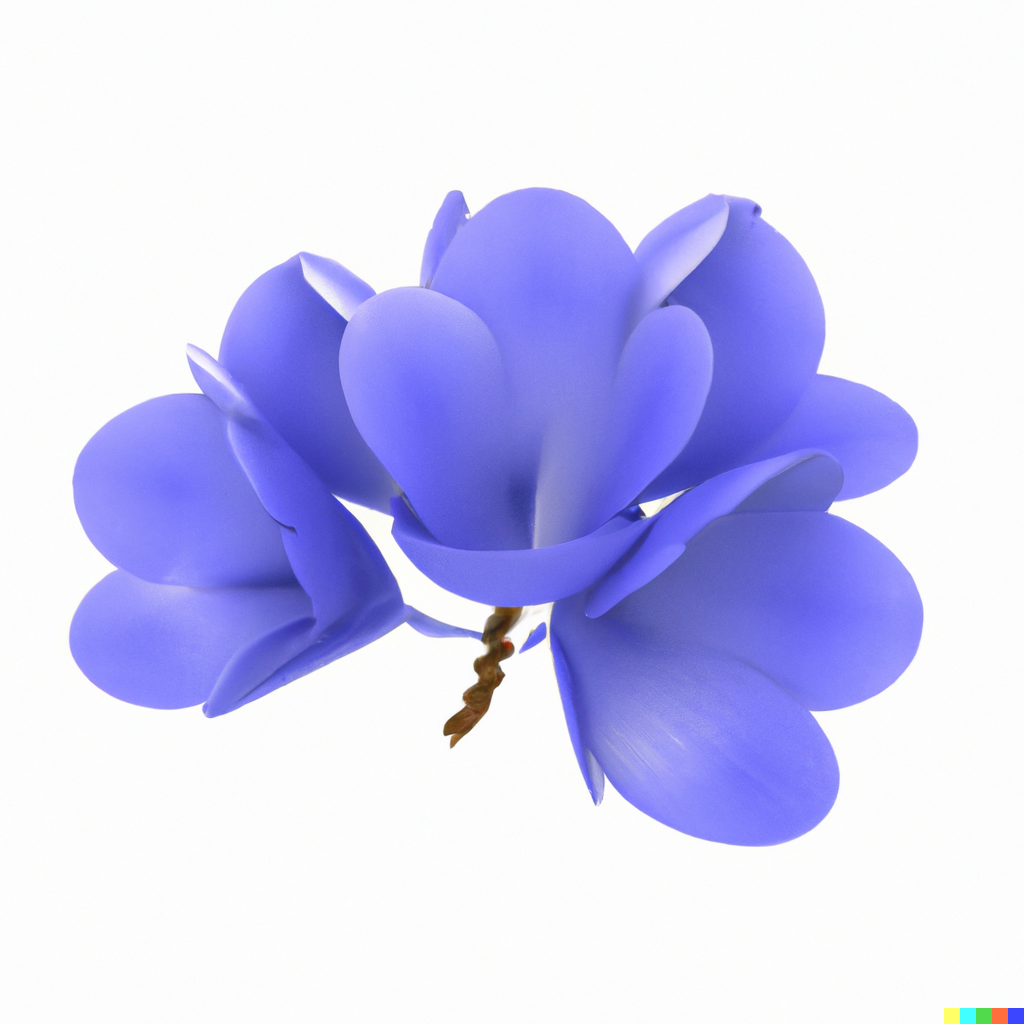

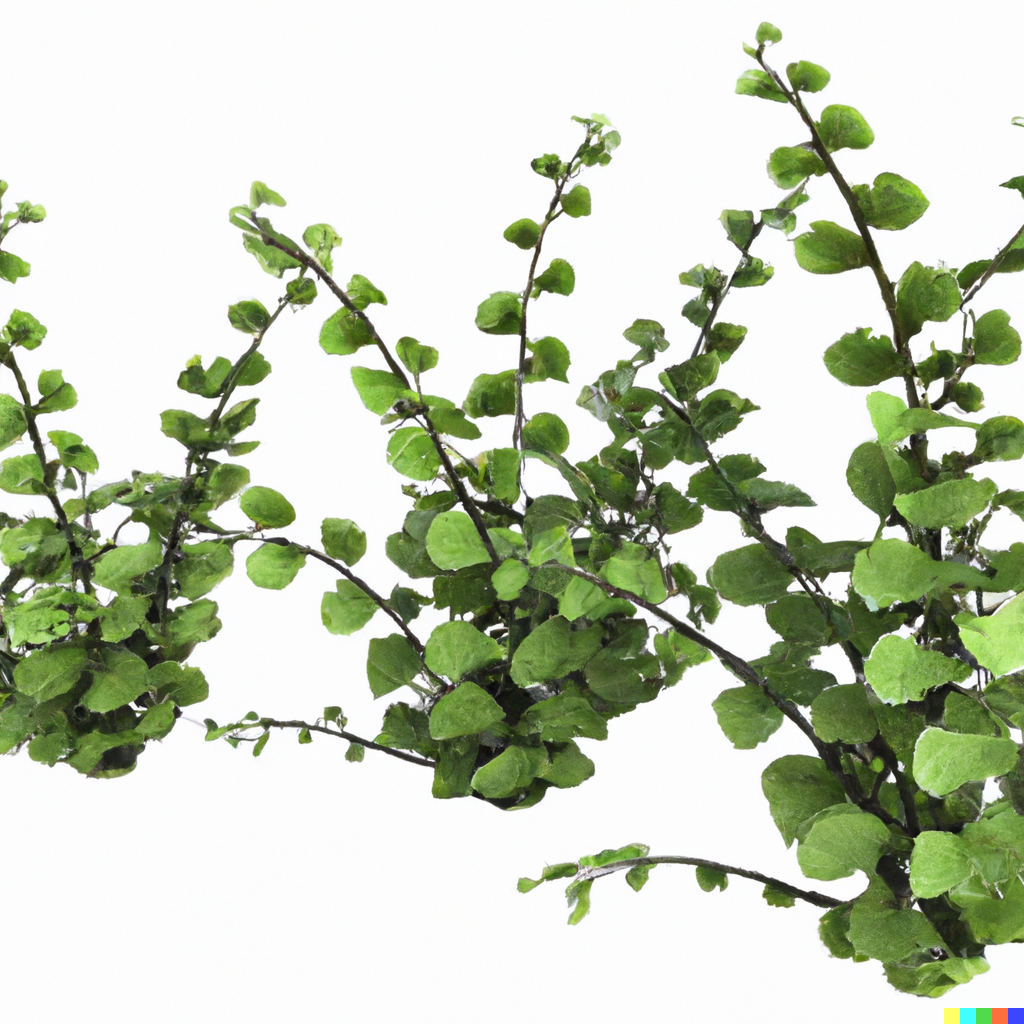

3d render
A scientific drawing of a spilax
+ a 3D render of a spilax
AI Definition:
Noun - an Asian silkworm of the genus Spilax.
AI image outcomes:
- Ok i’m stopping now. Both styles generated MORE plants and insects.
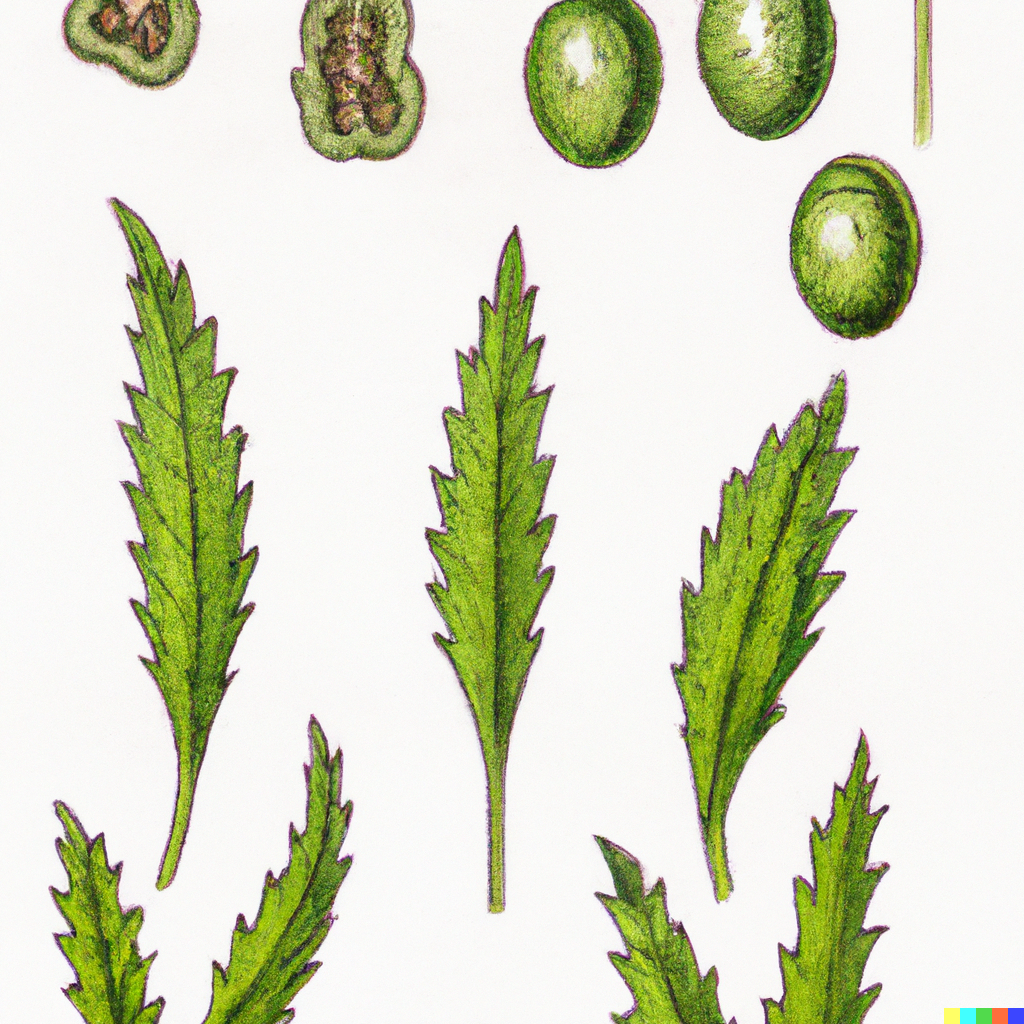
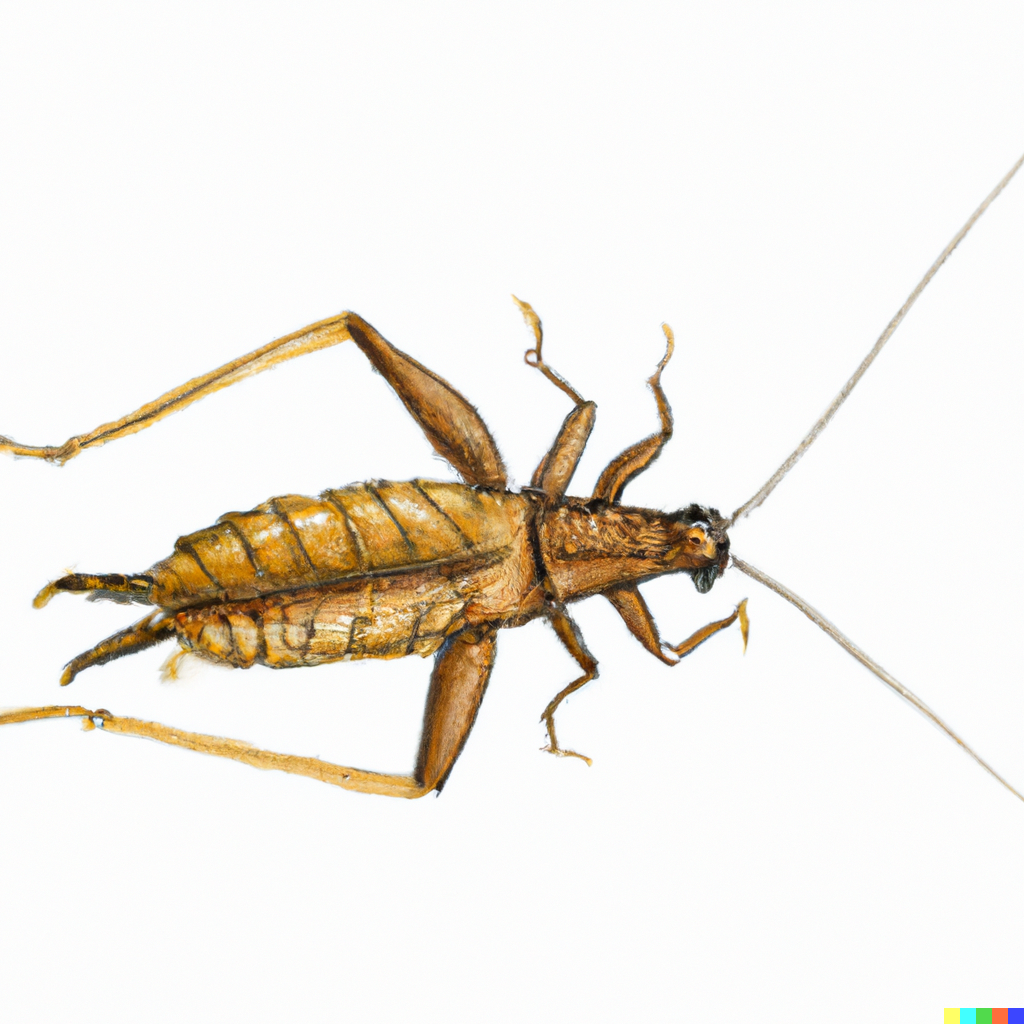
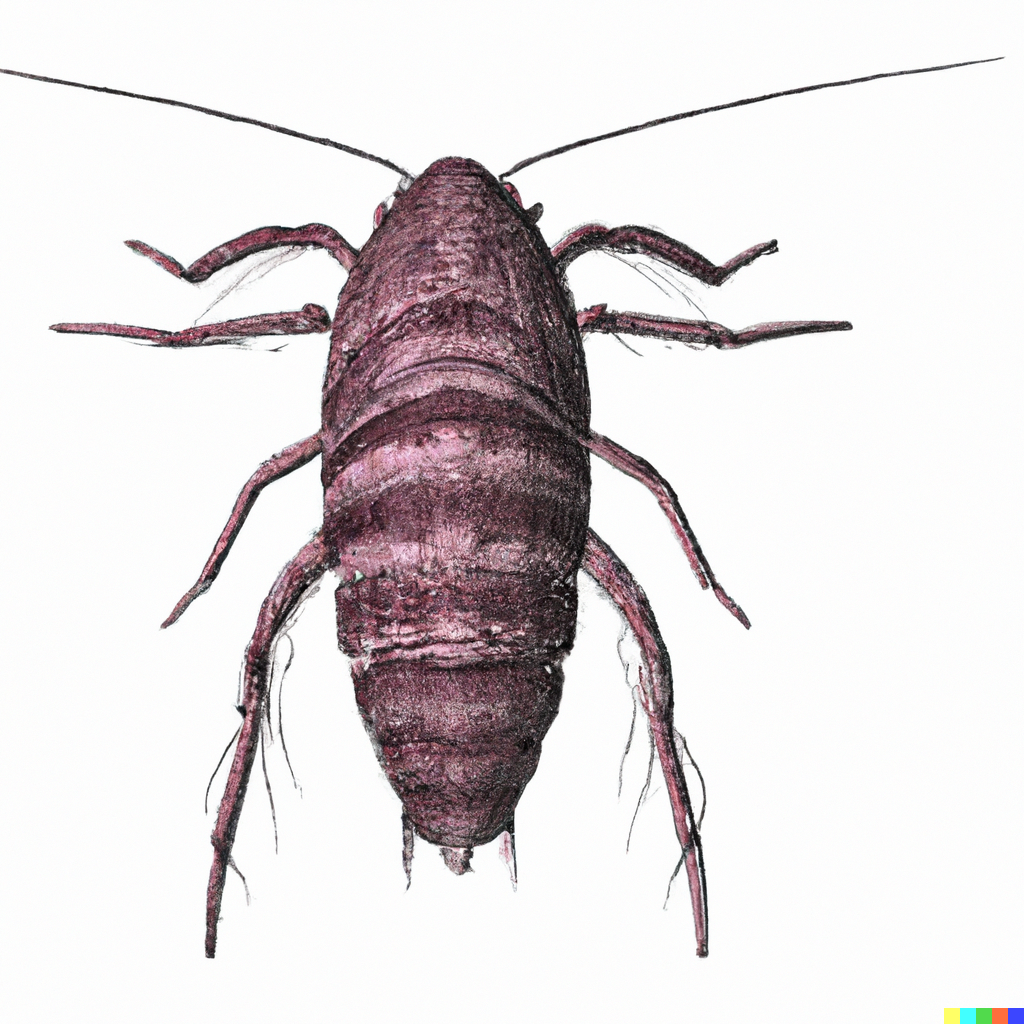
scientific drawing
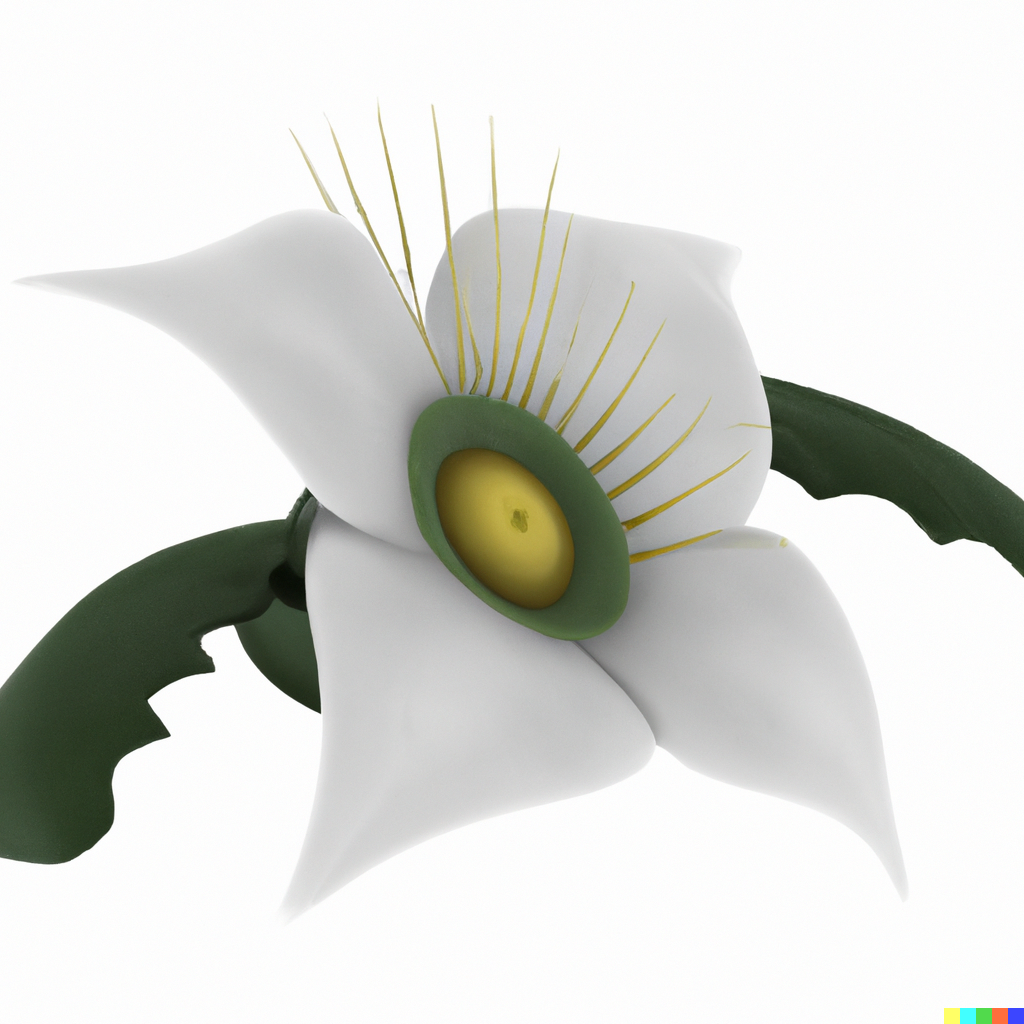
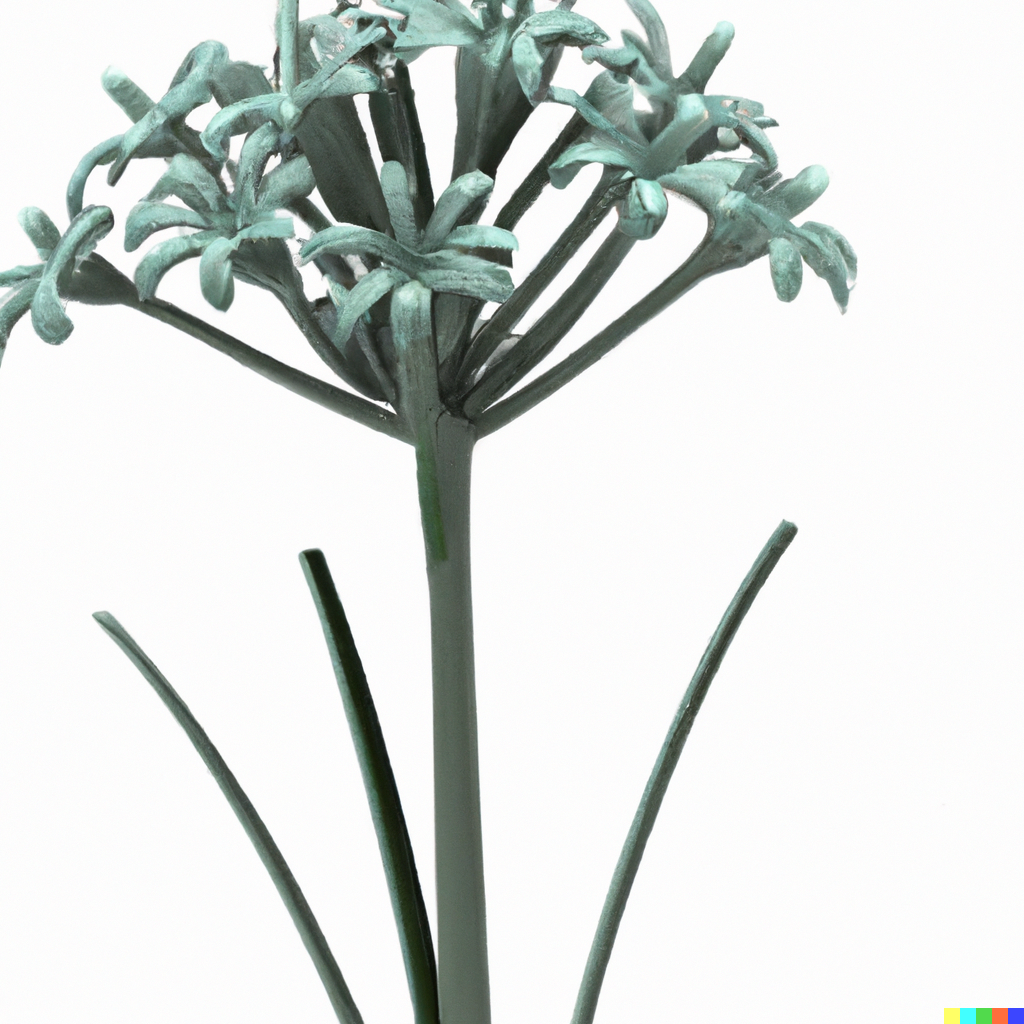
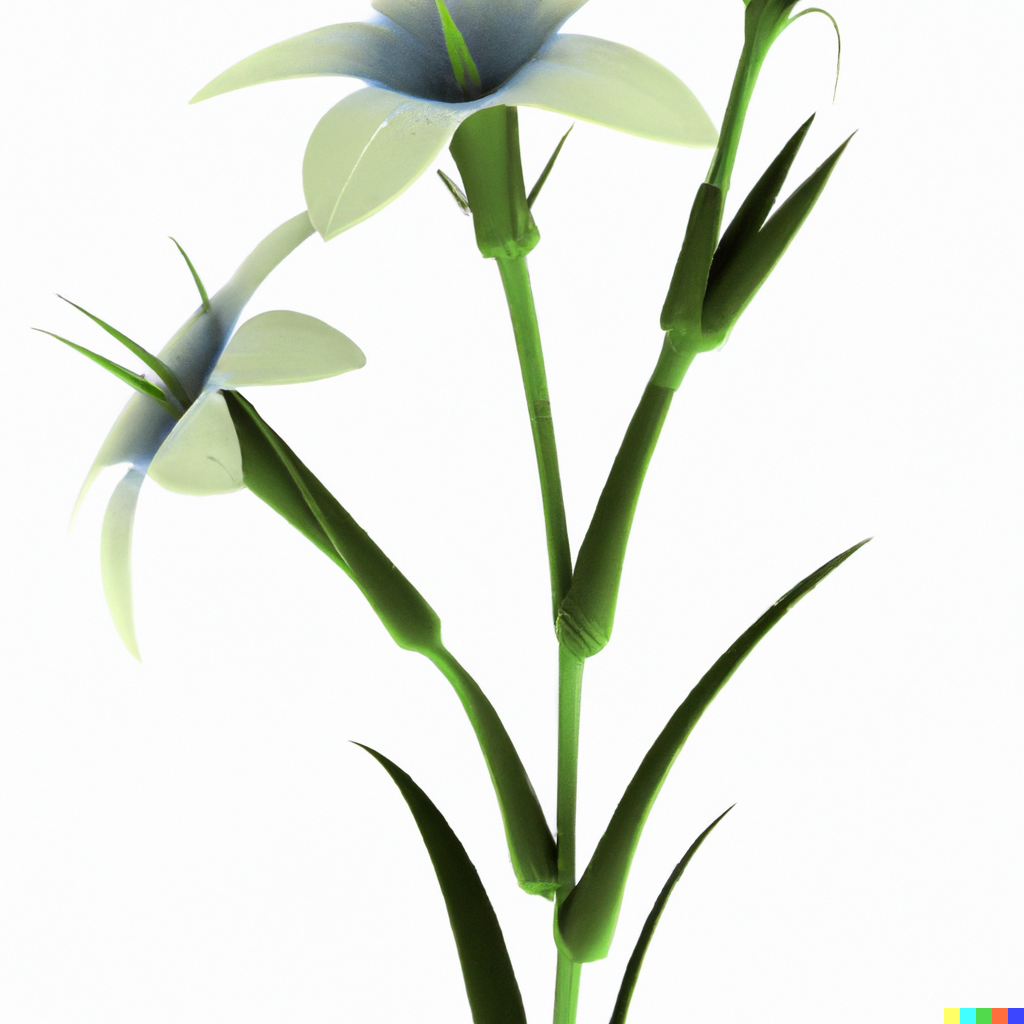

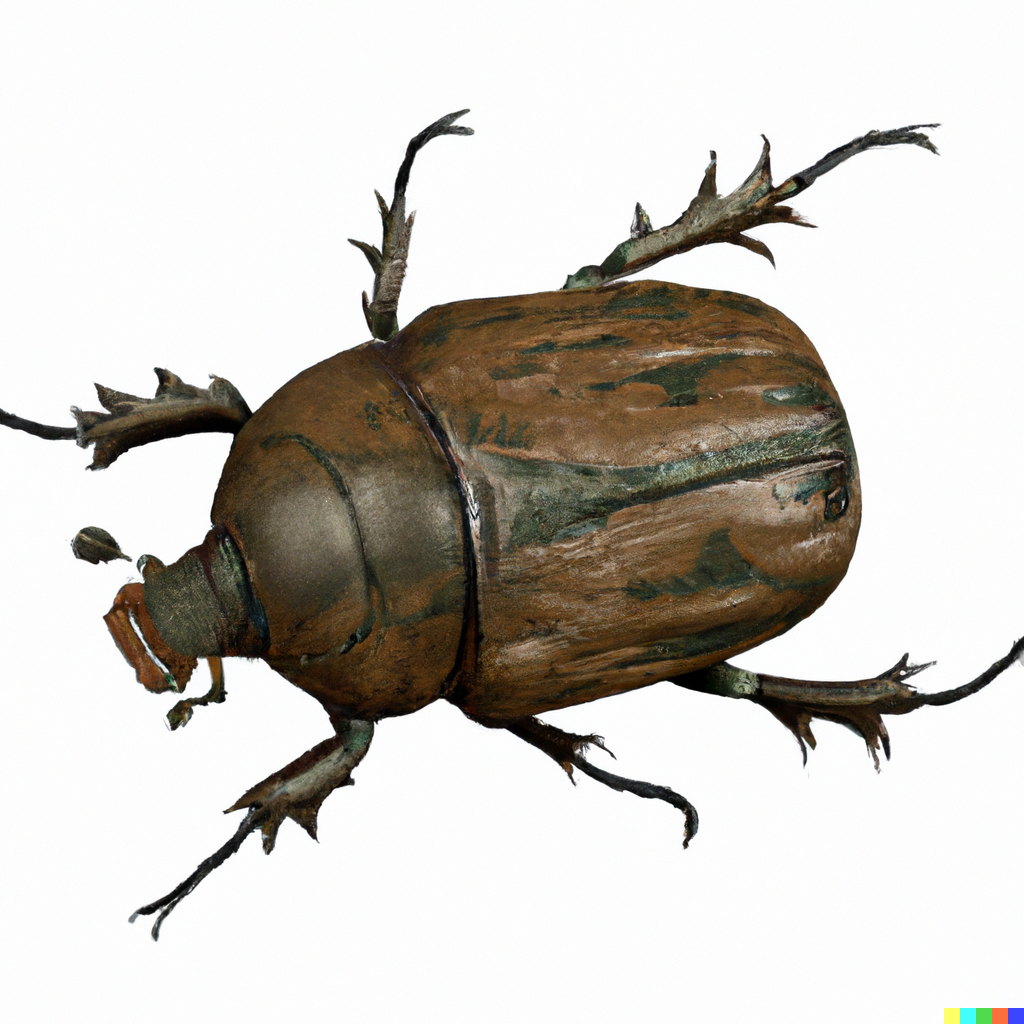
3d render